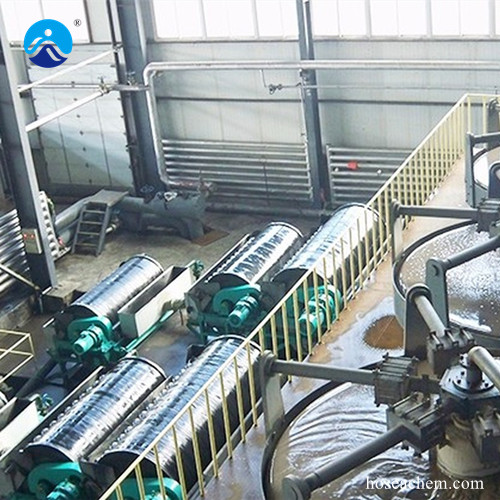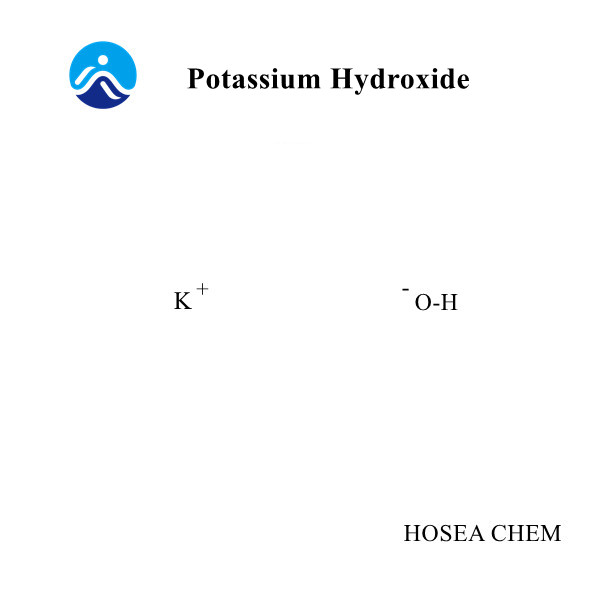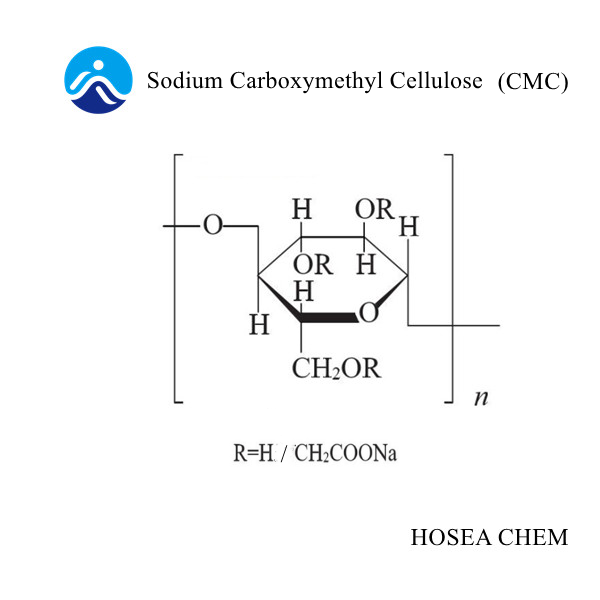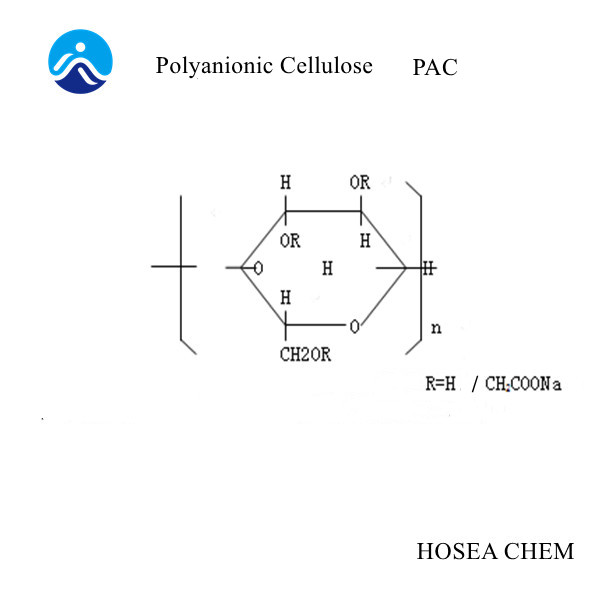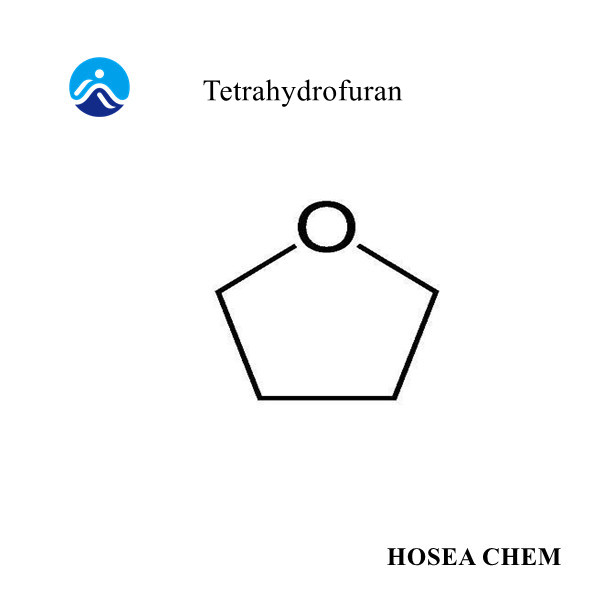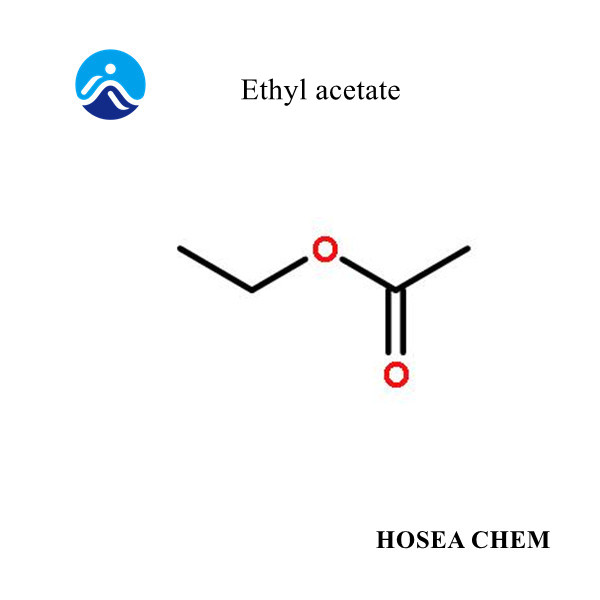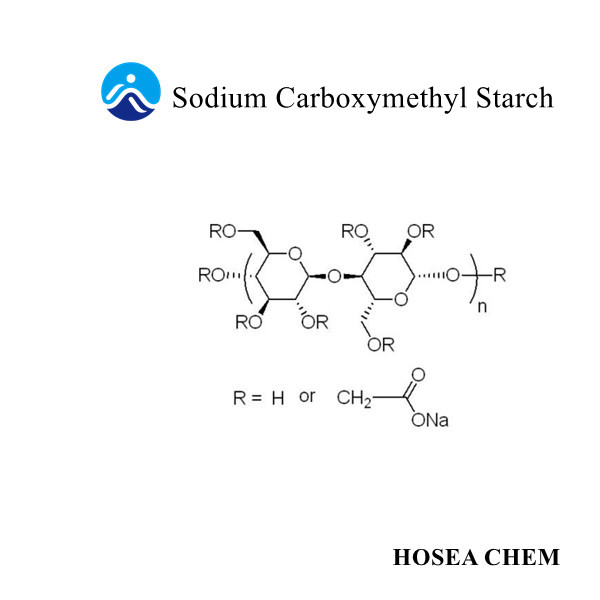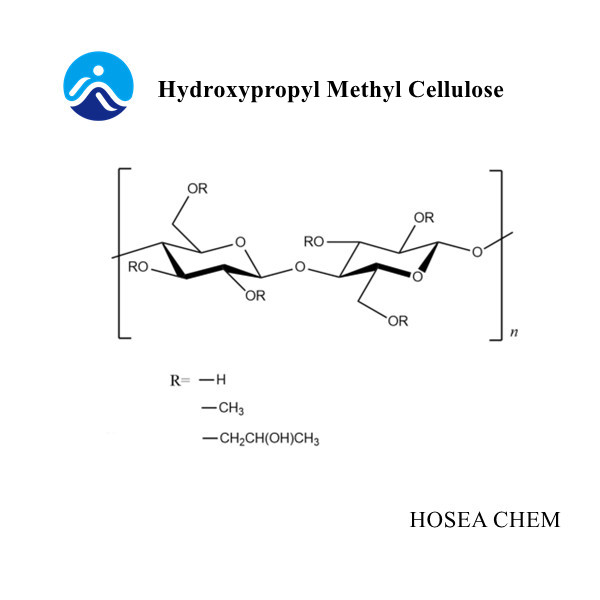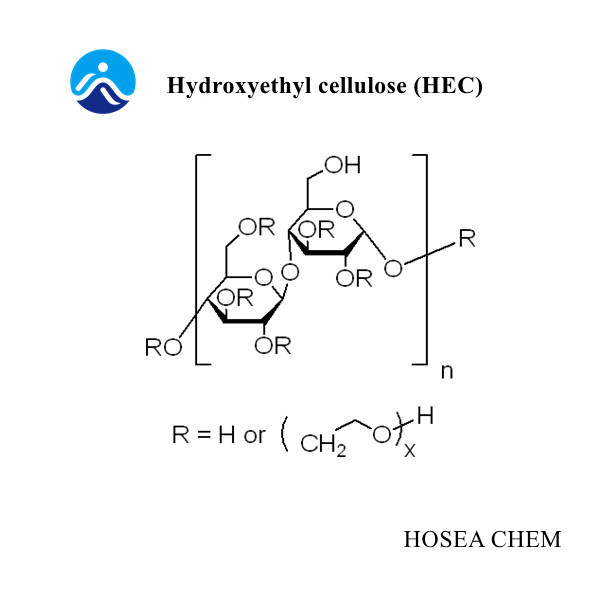Commonly used beneficiation inhibitor sodium carboxymethyl cellulose
2021-12-21China began to study the inhibitory effect of carboxymethyl cellulose in 1965, and it was successfully applied to the flotation industry with remarkable results.
①Suppress the separation of lead minerals from copper-lead concentrate. The copper-lead mixed concentrate contains more than 60% lead and more than 3% copper, all of which are mainly sulfide ore, and the tailings float zinc after floating copper and lead. Using the same beneficiation process to suppress lead and floating copper, the results show that the index obtained by using potassium dichromate is close to the index obtained by using carboxymethyl cellulose.
②Carboxymethyl cellulose is an inhibitor of pyroxene, hornblende, serpentine, chlorite, carbonaceous shale and other minerals containing calcium and magnesium. It is good for improving the grades of nickel and copper concentrates. Effect.
The inhibition mechanism of carboxymethyl cellulose has been studied. It is believed that the carboxyl anions of carboxymethyl cellulose are electrostatically attracted to the cations on the surface of the mineral crystal lattice, and the hydroxyl groups in the carboxymethyl cellulose molecules form a water film through hydrogen bonding with water. , So as to play a restraining effect. It is also believed that carboxymethyl cellulose is incompletely ionized in an aqueous medium to become carboxymethyl cellulose anions, which is in the state of molecular flocculation. This kind of micelles is negatively charged and is easily electrostatically attracted to positively charged minerals. Therefore, the minerals are adsorbed to the micelles and are inhibited.
ACMC is an inhibitor made of CMC+ammonia. Using ACMC as inhibitor, flotation separation of antimonite and cinnabar mixed ore, antimonite is inhibited, cinnabar rises well, and good indicators are obtained; the effect of inhibiting magnesia-containing gangue minerals is also very significant. In the flotation process of low-grade nickel ore in Jinchuan, a high-quality concentrate containing 6.70% Ni and 3.59% Cu was obtained by using the combined collector of ethyl xanthate and butyl ammonium black medicine and ACMC inhibitor. The recovery rates were respectively 76.42% and 77.51%, while the MgO content in the concentrate is only 5.24%.
